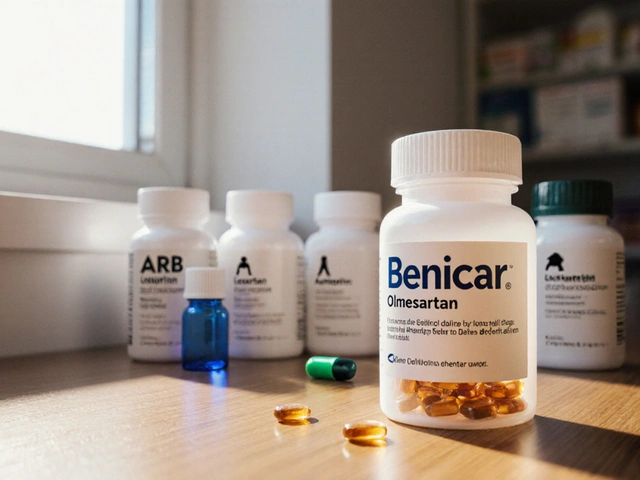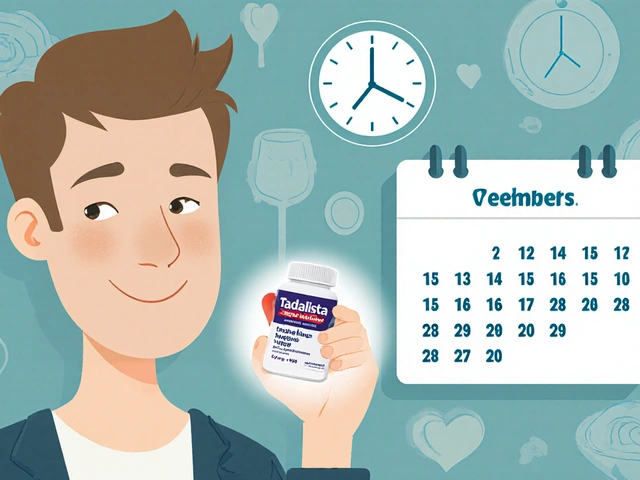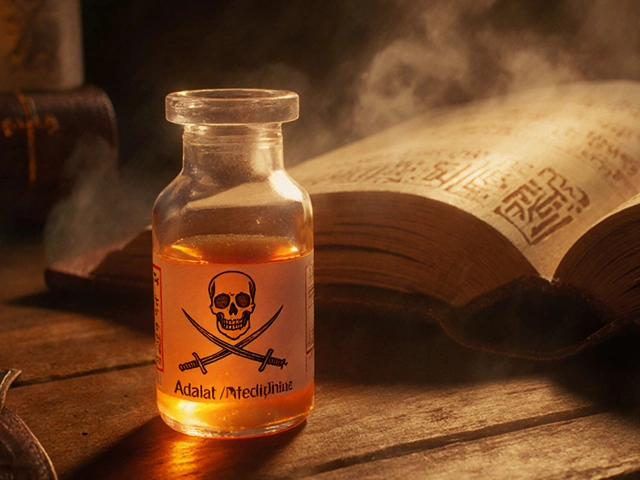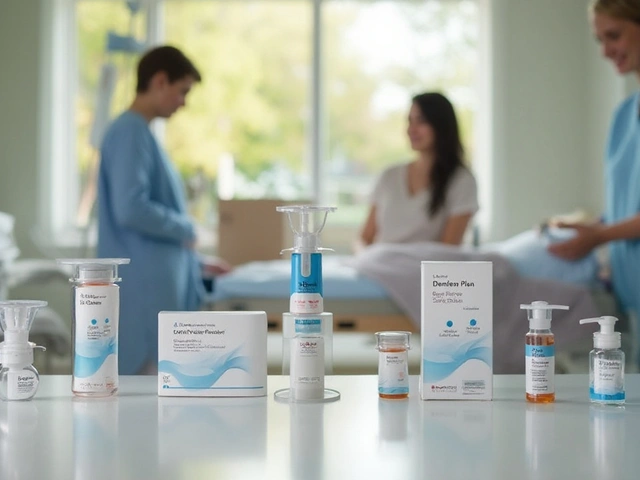Disulfiram: what it does and how to use it safely
One sip of alcohol while on disulfiram can make you very sick. That’s the point: disulfiram (brand name Antabuse) stops your body from breaking down alcohol normally, so drinking causes unpleasant effects that discourage further drinking. If you’re considering it, here’s a straightforward look at how it works, common doses, risks, and practical safety tips.
How disulfiram works and common dosing
Disulfiram blocks an enzyme called aldehyde dehydrogenase. When that enzyme is blocked, acetaldehyde builds up after drinking alcohol. Acetaldehyde causes flushing, nausea, headache, fast heartbeat, and low blood pressure — often within 10–30 minutes of drinking. Typical starting dose is 250 mg once daily after confirming you’ve been alcohol-free for at least 12 hours. Some prescribers increase to 500 mg a day for short periods, then drop back to 250 mg. Don’t change doses without talking to your prescriber.
Safety, side effects, and important warnings
Before starting, get baseline liver tests. Disulfiram can harm the liver, so doctors usually check liver enzymes and repeat them if symptoms appear. Common side effects include tiredness, drowsiness, metallic taste, and skin rash. Rare but serious risks are severe liver injury and nerve problems (peripheral neuropathy).
Don’t take disulfiram if you’re pregnant, breastfeeding, actively drinking, or have severe heart disease, psychosis, or uncontrolled liver disease. Tell your doctor about all medicines you take — some antibiotics like metronidazole and certain topical products can cause similar reactions or interact. Also avoid medicines and products that contain alcohol: cough syrups, some mouthwashes, vinegar-based foods, aftershaves and certain topical rubs. Even tiny amounts can trigger a reaction.
The drug’s effects can last after you stop taking it. Plan to avoid alcohol for at least 14 days after your last dose (some clinicians recommend two weeks) because metabolites may remain active.
If you accidentally drink while on disulfiram and feel severe symptoms (fainting, chest pain, trouble breathing), seek emergency care. For milder reactions, lie down, get fresh air, and contact your prescriber.
Practical tips: keep a daily routine, take the tablet at the same time, and tell family or housemates you’re on disulfiram so they can help prevent alcohol exposure. Carry an ID card or wear a medical alert bracelet noting you take disulfiram — that helps first responders if you have a reaction.
Remember, disulfiram isn’t a cure. It works best with counseling, support groups, or a structured program. If you want to stop drinking for good, combine medication with behavioral support and regular check-ins with your clinician.

Exploring alternatives to Antabuse can offer more flexibility and options for individuals seeking alcohol treatment. This article reviews nine alternative medications, providing insights into their benefits and drawbacks to help you make an informed choice. Whether it's flexibility in scheduling or FDA approval considerations, these options could be game-changers in managing alcohol dependence effectively.






